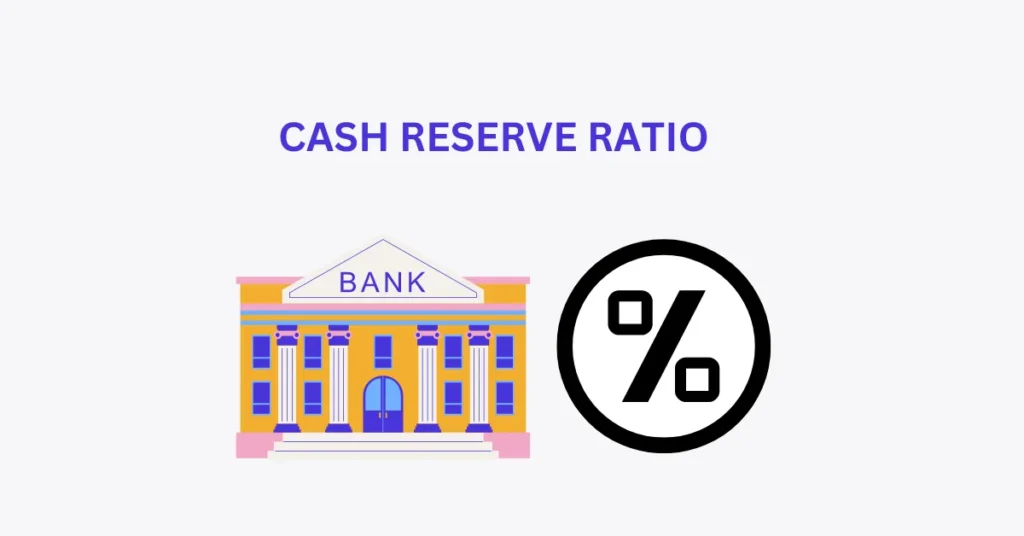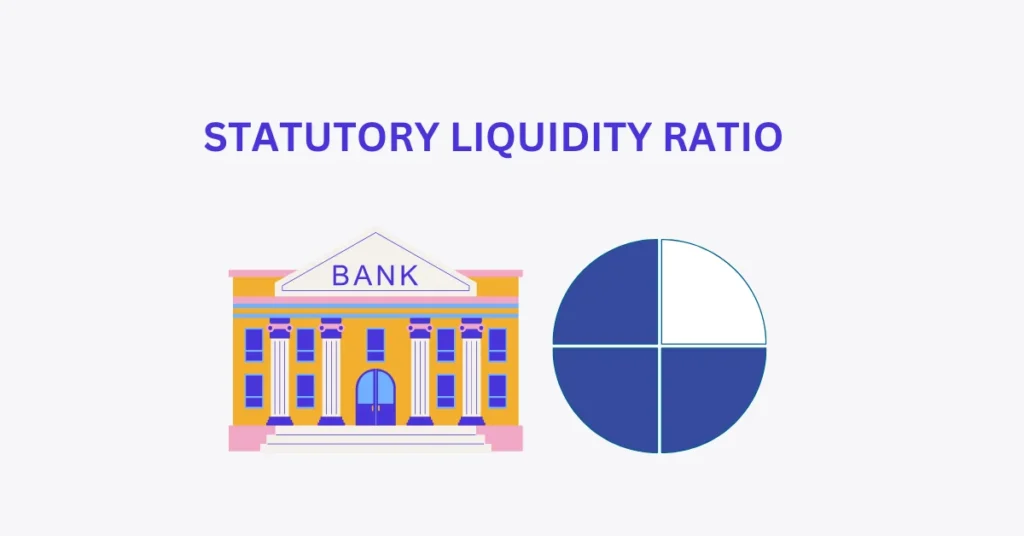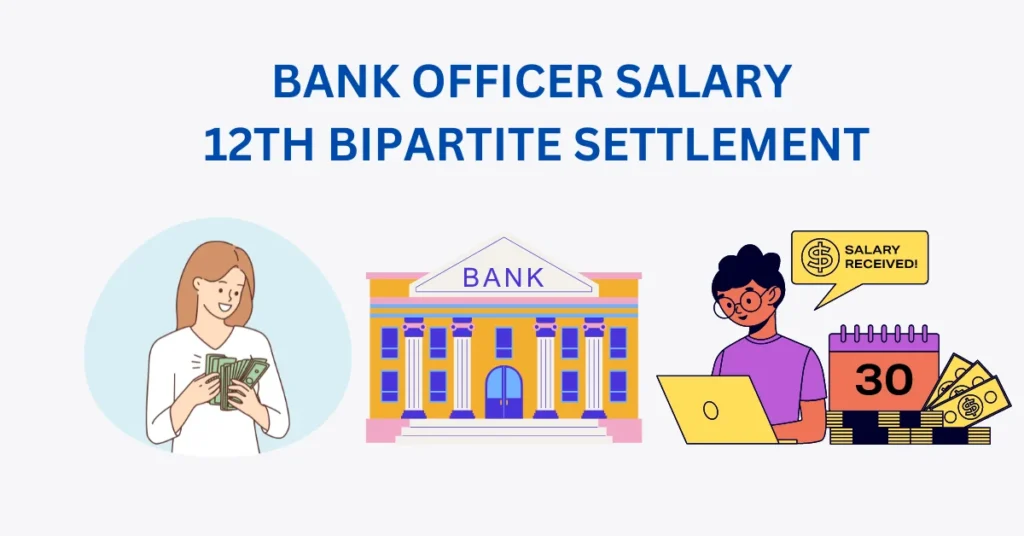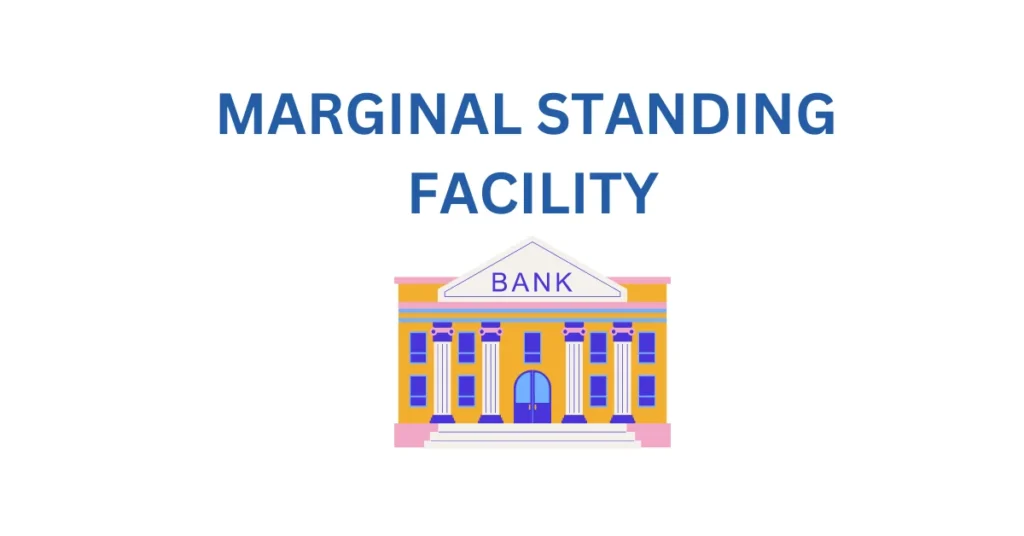The Standing Deposit Facility (SDF) serves as a tool utilized by the Reserve Bank of India (RBI) to manage liquidity within the banking sector.
Liquidity refers to the availability of cash or funds within the banking system. When there’s too much money floating around, it can lead to inflation or instability. Conversely, if there’s not enough liquidity, it can hinder economic growth.
Traditionally, the RBI would manage liquidity primarily through mechanisms like reverse repo transactions, open market operations, or adjusting the cash reserve ratio (CRR).
However, the SDF introduces another avenue for the RBI to control liquidity, particularly by absorbing excess funds from commercial banks.
HOW DOES THE SDF WORK?
The SDF essentially allows banks to deposit surplus cash with the RBI for short durations without the need to provide government bonds as collateral.
Previously, under the Fixed Rate Reverse Repo (FRRR) mechanism, banks would engage in reverse repo transactions with the RBI, where they would lend excess funds to the central bank in exchange for government securities. However, the SDF simplifies this process by eliminating the requirement for collateral.
KEY FEATURES OF THE SDF
Replacement of FRRR:
The SDF takes over from the FRRR as the floor of the Liquidity Adjustment Facility (LAF) corridor. This means it becomes the minimum interest rate at which banks can park their surplus funds with the RBI.
Interest Rate Differential:
The interest rate offered through the SDF is typically set slightly lower than the policy repo rate. This provides banks with an incentive to utilize the facility.
Liquidity Absorption:
One of the primary functions of the SDF is to absorb excess liquidity from the banking system, helping to maintain stability.
Accessibility:
Any entity eligible for the Liquidity Adjustment Facility (LAF) can access the SDF, providing a broad scope for participation.
Continuous Operation:
Unlike traditional banking hours, the SDF operates continuously, including weekends and holidays, ensuring liquidity management round the clock.
Interest Rate Determination:
The RBI periodically sets the interest rate for the SDF, considering various economic factors and liquidity conditions.
Electronic Transactions:
All transactions related to the SDF occur electronically through the RBI eKuber system, enhancing efficiency and transparency.
WHY DOES THE SDF MATTER?
The introduction of the SDF holds significance for several reasons:
Enhanced Liquidity Management:
By providing banks with an additional avenue to park excess funds without collateral requirements, the SDF enhances the RBI’s ability to manage liquidity effectively.
Flexibility in Liquidity Operations:
The SDF offers flexibility in liquidity operations, allowing the RBI to respond swiftly to changing market conditions or unexpected liquidity surges.
Mitigating Systemic Risks:
Effective liquidity management is crucial for maintaining financial stability and mitigating systemic risks within the banking sector. The SDF contributes to this objective by providing a mechanism for absorbing excess liquidity.
Monetary Policy Transmission:
The interest rate set for the SDF influences market interest rates, impacting borrowing and lending activities within the economy. As such, it plays a role in the transmission of monetary policy.
CONCLUSION
The Standing Deposit Facility represents a vital tool for liquidity management within the Indian banking system.
Its introduction underscores the RBI’s commitment to maintaining stability and efficiency in the financial markets.
As stakeholders monitor its operation and impact, the SDF continues to shape liquidity dynamics and monetary policy transmission mechanisms.







